Mastering low light situations
As aspiring photographers, we all face technical challenges on a daily basis, often getting in the way of our creative ambitions. Arguably, the one time these creative ambitions can be most challenging is when shooting in low light situations. Today’s digital cameras have provided us with new ISO capabilities, taking us as high as ISO 409,600, and this technology is continuing to improve almost on a monthly basis from manufacturer to manufacturer. So how can we take advantage of these new capabilities?
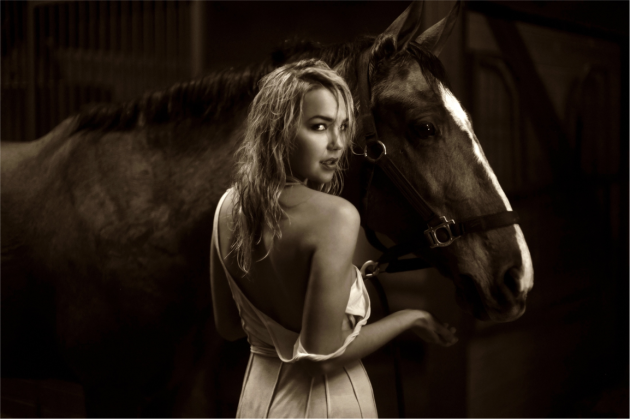
1. ISO UP and choose the right speed
The first barrier to achieving great pictures is the most common mistake made by photographers – choosing the wrong shutter speed, which is usually too slow to freeze the action or too slow to handhold steadily. The old (film) rule of thumb was to select a shutter speed that correlates to your focal length of your chosen lens. For example, 50mm lens = 1/60sec, 135mm lens = 1/125sec. However, this doesn’t take into account the speed required to freeze your subject/s, and only relates to shutter speed adequate enough to handhold. Looking at the resolutions we now shoot with digital, those speeds aren’t fast enough to ensure sharpness in most circumstances. In fact, they are below the minimum I would recommend, based on my own experiences shooting in low light. While those speeds are achievable, I like to work on a ‘no-fail standard’ of shooting, so I would recommended at least doubling the speed of the lens focal length as a minimum.
My recommendations for freezing action are as follows:
- Talking = 1/125sec minimum, but 1/250sec preferred or higher
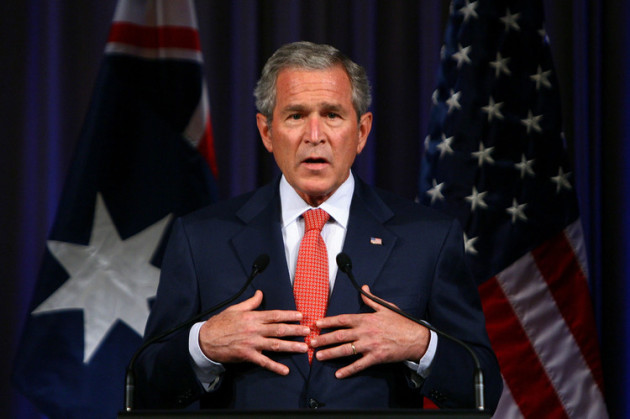
- Walking = 1/250sec minimum, but 1/500sec preferred or higher
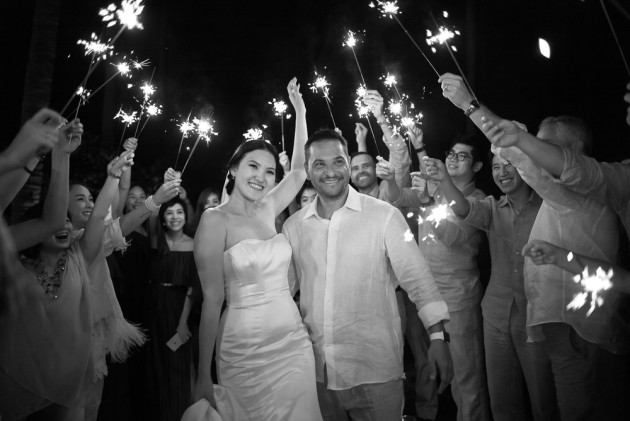
- Sports = 1/800sec minimum, but 1/1600sec preferred or higher
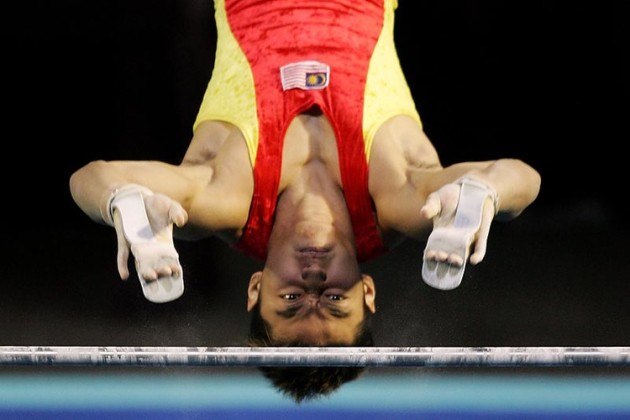
2. Know how to find good light. Pose the subject to the light
We often have preconceived ideas in our minds when preparing for a shoot, but it’s important to understand that while we have such aspirations, we need to be flexible and work with what we have. This is where problem-solving skills come into play, and creativity is derived from our ability to find ‘good, clean’ light and work the subject by positioning them to the available light. While this may sound obvious, it’s something often overlooked by photographers because they have certain poses they want to shoot, yet the light isn’t always ideal for those, so make sure you work your subject to the direction of the available light and adjust from there.
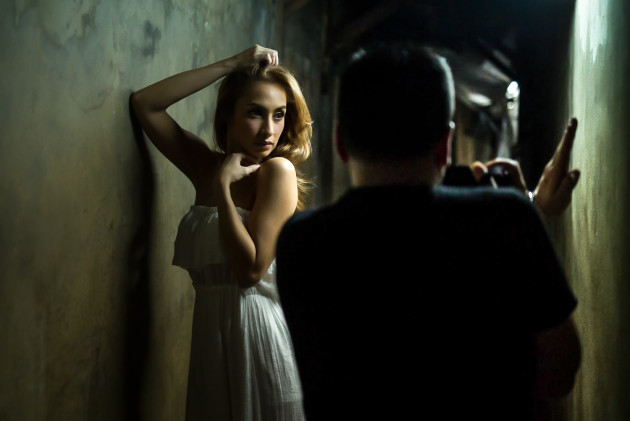
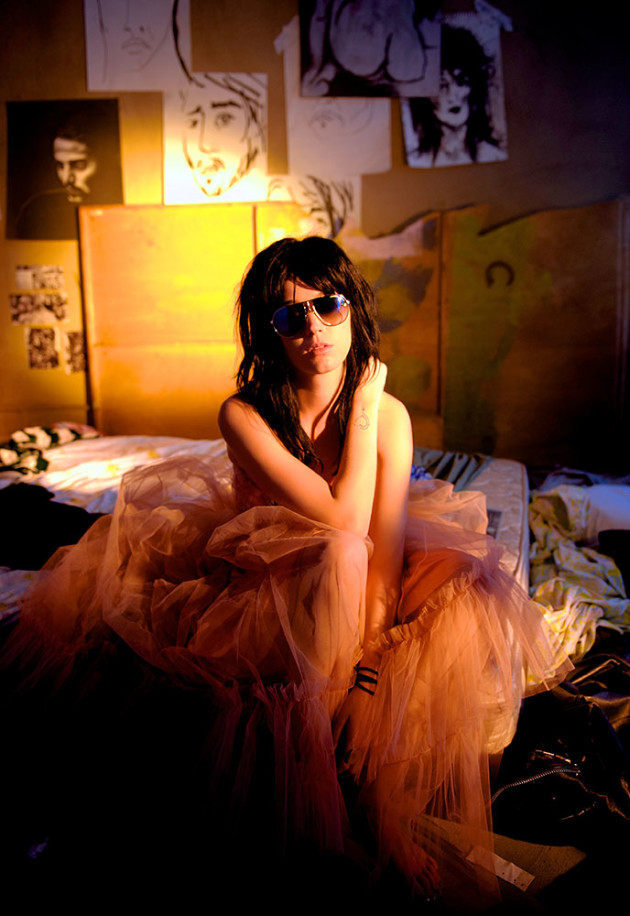
3. Create mood and emotion by controlling shadows
Controlling shadows is somewhat more important than controlling light. When shooting in available light, you have no control over the position of the light, yet we still have control over the shadows, just by moving the subject or our shooting position. Shooting with the shadow side facing the camera can create more dynamic images that create mood and evoke emotions, and is the most common way of lighting for films.
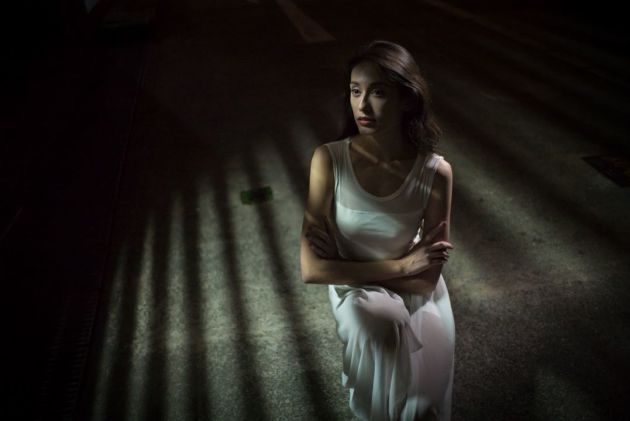

4. Less light is often better light
The key to being creative in low light is to ensure that you’re not flooding your picture with light unnecessarily. If you’re shooting an environmental portrait you want to have some light on the background, but you also need a similar light quality with similar contrast ratio on your subject. This means you’re looking to match the subject light to a similar exposure as your background - otherwise your background could be too dark or too light. Finding this balance isn’t easy, and often it results in backgrounds being too dark because the light on the subject is too strong. In these situations, I often look for pockets of light or position the subject on the edge of where a light is flooding an area, creating a more natural-looking picture that has substance and a more cinematic feel.
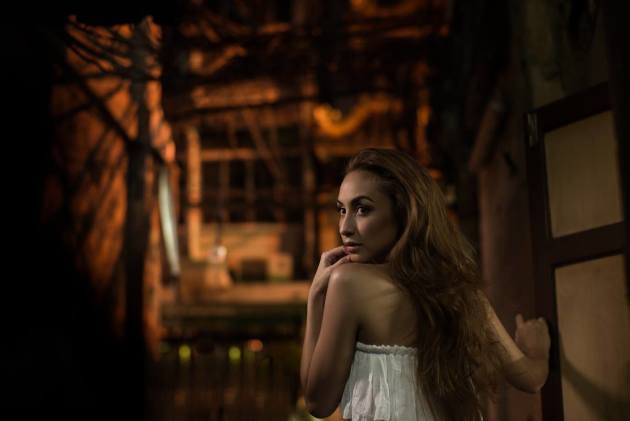
5. Add or subtract light where possible
Sometimes, no matter how high your ISO goes, the quality of light just won’t cut it, and you’ll need to put on your problem-solving cap again and look to either add or subtract light. In most situations, adding light is going to be the preferred choice due to insufficient light. There are a variety of choices including LED and flash, with both having advantages over the other. Flash is preferred if you need a flexible light to cover a narrow or broad area, where LED is preferred for smaller lighting needs, especially when you want your pictures to appear more natural looking.

About Kristian Dowling
Kristian Dowling has been one of the top global celebrity-entertainment photographers for the past 13 years. Best known for his flexibility and understanding of light, he has earned a reputation of being a master photographer that can deliver amazing results in a variety of challenging situations without the use of photo manipulation. Working with the world's biggest names on key assignments, his experience has taken him to the world's most important events including Beijing Olympics, Cannes Film Festival, NY Fashion Week, MTV Music/Movie Awards, and on tour with Pop Star, Katy Perry.
Dowling is currently working with US celebrities touring Australia and is also conducting a workshop, Mastering Low Light, throughout Australia and South-East Asia. These workshops are problem/solution-focused and aimed at training enthusiastic photographers on the technically more difficult aspects of photography: how to read light and shadow, and understand manual exposure in low light environments. The goal is to train photographers to be flexible with their photography and instill the attitude and skill set enabling them to deal with any lighting situation no matter how difficult, and come away with incredible results.
Learn more
Kristian Dowling will be running his workshop in Melbourne on 26 August, from 6 - 11pm. For more details, please click here.

